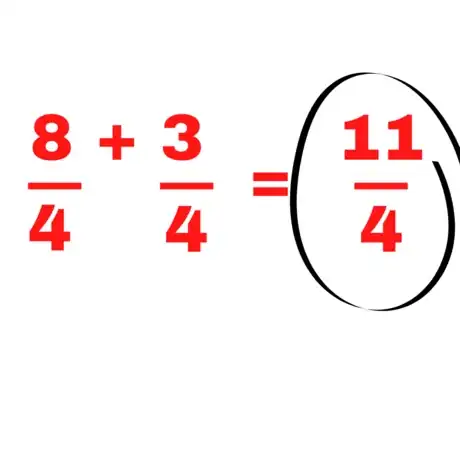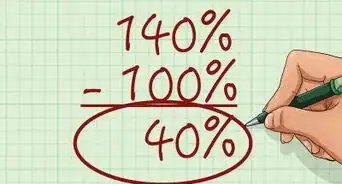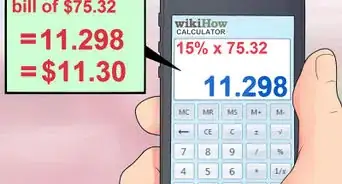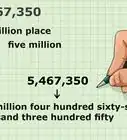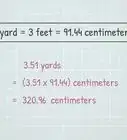X
wikiHow is a “wiki,” similar to Wikipedia, which means that many of our articles are co-written by multiple authors. To create this article, volunteer authors worked to edit and improve it over time.
This article has been viewed 28,778 times.
Learn more...
Performing operations on different types of numbers can be a difficult task at times. Do you often forget the method? Don't worry, in this article, wikiHow explains how you can add fractions to whole numbers using a fairly simple and quick method that saves you time and procrastination.
Steps
-
1Convert your whole number into a fraction. To do this, simply add a denominator of to your whole number.
- For example, . This will now become .
-
2Multiply your fractions to have the same denominator. Look at the original fraction in your problem, and use its denominator to multiply with your other fraction.
- For example, we have . The original fraction was , so we have a denominator of . Multiply the numerator and denominator of . Doing this, you will get .
Advertisement -
3Add both fractions. Now that you've got two fractions of the same denominator, add both fractions' numerators, leaving the denominator as it is.
- For example, we have . Adding these, we will get .
-
4Simplify your fraction. Convert your improper fraction to a mixed fraction. Doing this can get you either a mixed fraction, or a whole number. both would be correct depending on the numerator and denominator divisibility.
- For example, our final answer was . Dividing the numerator by the denominator, we will get and the remainder of . Your whole number stands alone, while your remainder will be put into the fraction replacing your old numerator. So the answer is now .
Advertisement
About This Article
Advertisement









